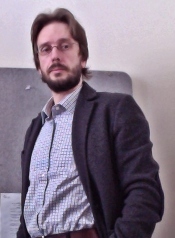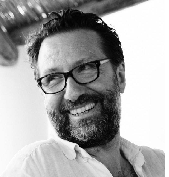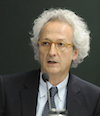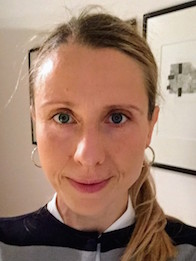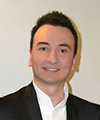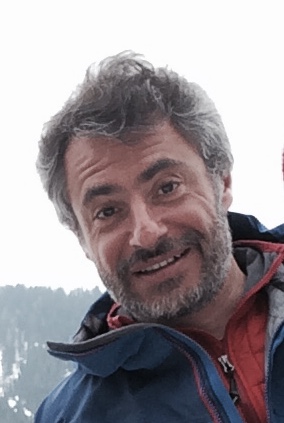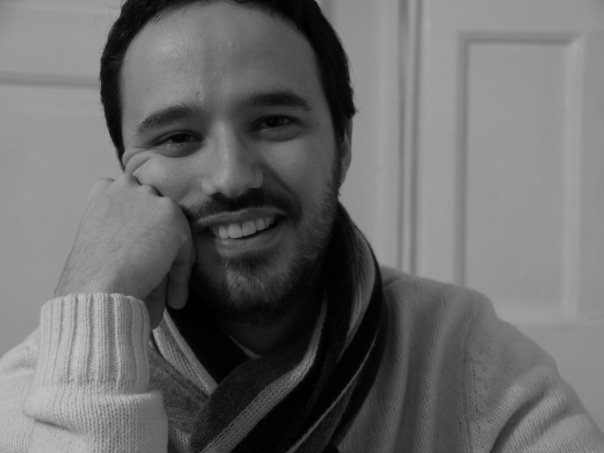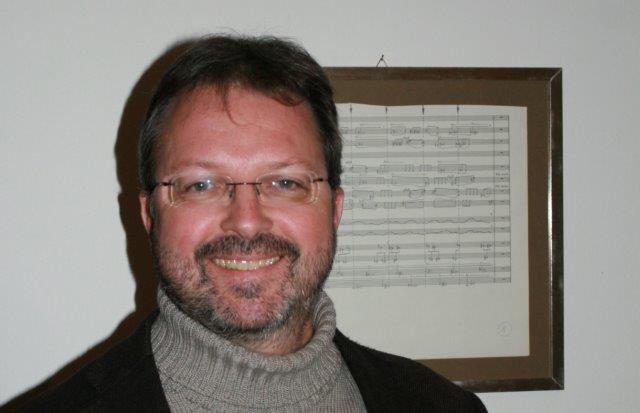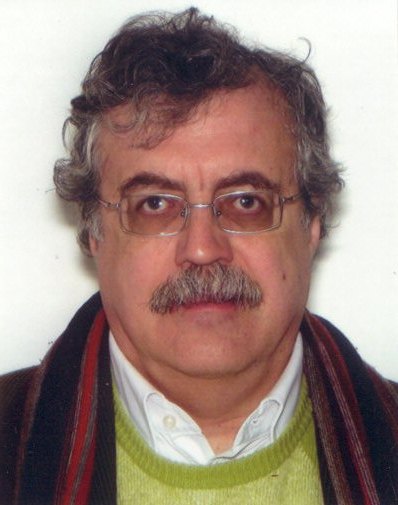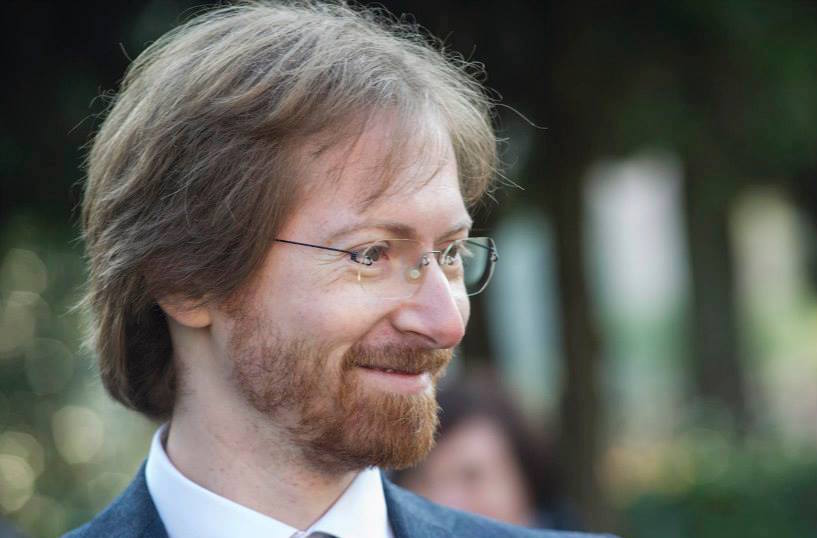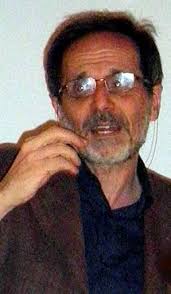Studying at the University of Verona
Here you can find information on the organisational aspects of the Programme, lecture timetables, learning activities and useful contact details for your time at the University, from enrolment to graduation.
Academic calendar
The academic calendar shows the deadlines and scheduled events that are relevant to students, teaching and technical-administrative staff of the University. Public holidays and University closures are also indicated. The academic year normally begins on 1 October each year and ends on 30 September of the following year.
Course calendar
The Academic Calendar sets out the degree programme lecture and exam timetables, as well as the relevant university closure dates..
| Period | From | To |
|---|---|---|
| Sem. 1A | Sep 24, 2018 | Nov 10, 2018 |
| Sem. 1B | Nov 19, 2018 | Jan 12, 2019 |
| Sem. 2A | Feb 18, 2019 | Mar 30, 2019 |
| Sem. 2B | Apr 8, 2019 | Jun 1, 2019 |
| Session | From | To |
|---|---|---|
| Sessione Invernale | Jan 14, 2019 | Feb 16, 2019 |
| Sessione Estiva (Gli esami sono sospesi durante la Sessione di laurea) | Jun 3, 2019 | Jul 27, 2019 |
| Sessione Autunnale | Aug 26, 2019 | Sep 21, 2019 |
| Session | From | To |
|---|---|---|
| Sessione Estiva | Jul 8, 2019 | Jul 13, 2019 |
| Sessione Autunnale | Nov 4, 2019 | Nov 9, 2019 |
| Sessione Invernale | Mar 30, 2020 | Apr 4, 2020 |
| Period | From | To |
|---|---|---|
| Festa di Ognissanti | Nov 1, 2018 | Nov 1, 2018 |
| Festa dell’Immacolata | Dec 8, 2018 | Dec 8, 2018 |
| Vacanze di Natale | Dec 22, 2018 | Jan 6, 2019 |
| Vacanze di Pasqua | Apr 19, 2019 | Apr 23, 2019 |
| Festa della liberazione | Apr 25, 2019 | Apr 25, 2019 |
| Festa del lavoro | May 1, 2019 | May 1, 2019 |
| Festa del Santo Patrono - S. Zeno | May 21, 2019 | May 21, 2019 |
| Festa della Repubblica | Jun 2, 2019 | Jun 2, 2019 |
| Vacanze Estive | Aug 12, 2019 | Aug 17, 2019 |
Exam calendar
Exam dates and rounds are managed by the relevant Humanistic Studies Teaching and Student Services Unit.
To view all the exam sessions available, please use the Exam dashboard on ESSE3.
If you forgot your login details or have problems logging in, please contact the relevant IT HelpDesk, or check the login details recovery web page.
Academic staff
 alex.arcozzi@univr.it
alex.arcozzi@univr.it
 augusto.barbi@univr.it
augusto.barbi@univr.it
 evita.calabrese@univr.it
evita.calabrese@univr.it
 andrea.cavalletti@univr.it
andrea.cavalletti@univr.it
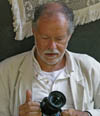
Mastrocinque Attilio
 attilio.mastrocinque@univr.it
attilio.mastrocinque@univr.it
 +39 045802 8386
+39 045802 8386
 linda.napolitano@univr.it
linda.napolitano@univr.it

Tacconi Giuseppe
 giuseppe.tacconi@univr.it
giuseppe.tacconi@univr.it
 +39 045 802 8655
+39 045 802 8655
 gianmaria.varanini@univr.it
gianmaria.varanini@univr.it
Study Plan
The Study Plan includes all modules, teaching and learning activities that each student will need to undertake during their time at the University.
Please select your Study Plan based on your enrollment year.
1° Year
| Modules | Credits | TAF | SSD |
|---|
Other activities2° Year activated in the A.Y. 2019/2020
| Modules | Credits | TAF | SSD |
|---|
1 module to be chosen among the following1 module to be chosen among the following3 modules to be chosen among the following3° Year activated in the A.Y. 2020/2021
| Modules | Credits | TAF | SSD |
|---|
3 modules to be chosen among the following1 module to be chosen among the following| Modules | Credits | TAF | SSD |
|---|
Other activities| Modules | Credits | TAF | SSD |
|---|
1 module to be chosen among the following1 module to be chosen among the following3 modules to be chosen among the following| Modules | Credits | TAF | SSD |
|---|
3 modules to be chosen among the following1 module to be chosen among the following| Modules | Credits | TAF | SSD |
|---|
2 modules to be chosen among the following3 modules to be chosen among the followingLegend | Type of training activity (TTA)
TAF (Type of Educational Activity) All courses and activities are classified into different types of educational activities, indicated by a letter.
Aesthetics (2019/2020)
Teaching code
4S00868
Teacher
Coordinator
Credits
6
Also offered in courses:
- Aesthetics of the course Bachelor's degree in Foreign Languages and Literatures
- Aesthetics (p) of the course Bachelor's degree in Philosophy
- Aesthetics (i) of the course Bachelor’s degree in Cultural Heritage
Language
Italian
Scientific Disciplinary Sector (SSD)
M-FIL/04 - AESTHETICS
Period
Sem. 2A dal Feb 17, 2020 al Mar 28, 2020.
Learning outcomes
Through the guided reading and discussion of some classical texts in the history of aesthetics, or through individual study, the acquisition and the ability to re-elaborate the main notions developed within aesthetics as a philosophical discipline are aimed at.
Program
Title:
«The death of art and the tragedy of living». Hegel’s aesthetics and modernity.
Syllabus:
The first part of the course deals with different relationships between mimesis and ratio focalizing on some of the fundamental passages in history (Plato, Aristotle, Descartes, Rationalism, Empirism, Baumgarten). Furthermore, even fundamental concepts of contemporary aesthetics, such as the sublime and the genius in their Kantian and Goethean form, will be examined. This will be followed by an analytical lecture of Hegel’s Aesthetics, which is a milestone of philosophical thought. The analysis will start with the principal categories of the tradition of aesthetics and arts. Afterwards some of the principal moments of Hegel’s aesthetics, above all the so called “End of art”, will be examined with the aim of individuating vital moments for the construction of a modern aesthetics, which might be able, at least partially, to give answers to the questions that characterize both the practice of arts and the reflection on it. Also the differences between the traditional version of Hegel’s aesthetics and the notes taken by his students during his Berlin lessons (only recently published) will be taken into account.
No prior knowledge and skills are deemed necessary.Literature:
- Markus Ophälders, Filosofia arte estetica, Mimesis, Milano 2008.
- Georg Wilhelm Friedrich Hegel, Estetica, Einaudi, Torino 1997 (Tomo I: pp. 5-19, 82-104, 175-198, 339-365, 392-412, 448-453, 486-493, 510-547, 564-568, 572-578, 583-600, 605-611, 619-624, 663-684; Tomo II: 695-712, 785-794, 883-888, 1072-1102, 1157-1188, 1243-1248, 1295-1314, 1335-1347) Ogni riferimento all’Estetica di Hegel si riferirà a questa edizione.
- Tre saggi a scelta tra quelli contenuti in: Mario Farina, Alberto Siani (a cura di), L’estetica di Hegel, il Mulino, Bologna 2014.
- Markus Ophälders, Morte dell’arte e tragedia del vivere, in “Studi Germanici” 2, Roma 2013.
For those who can't assist the course: In alternative to the parts of Hegel's Aesthetics they can prepare:
Georg Wilhelm Friedrich Hegel, Arte e morte dell’arte, a cura di Paolo Gambazzi e Gabriele Scaramuzza, Bruno Mondadori, Milano 1997 e sgg., pp. 1-384.
DIDACTIC MODES
The didactic methods adopted are not distinct between attending and non-attending students. They consist of frontal lessons devoted to the transmission of fundamental concepts and structures of thinking and reflection and their respective application tools to implement theoretical notions in the direction of autonomous critical judgment.
Throughout the academic year, the teacher also holds a regular individual Reception at the times indicated on his page (without having to set a specific appointment). However, it is recommended that you consult the messages to be informed of any changes. During the first lesson, attending students will receive the full lesson schedule with the dates and topics discussed. Information on timetables and classrooms is also provided.
The content of books and lessons is adhering to the program.
| Author | Title | Publishing house | Year | ISBN | Notes |
|---|---|---|---|---|---|
| G.W.F. Hegel | Estetica | Einaudi | 1997 | Tomo I: pp. 5-19, 82-104, 175-198, 339-365, 392-412, 448-453, 486-493, 510-547, 564-568, 572-578, 583-600, 605-611, 619-624, 663-684; Tomo II: 695-712, 785-794, 883-888, 1072-1102, 1157-1188, 1243-1248, 1295-1314, 1335-1347 | |
| Markus Ophaelders | Filosofia arte estetica | Mimesis | 2008 | 9788884837585 | |
| M. Farina, A. Siani | L'estetica di Hegel | il Mulino | 2014 | Tre saggi a scelta | |
| M. Ophalders | Morte dell’arte e tragedia del vivere (Edizione 2) | "Studi Germanici" | 2013 | in “Studi Germanici” 2, Roma 2013 |
Examination Methods
ASSESSMENT METHODS AND CRITERIA
Due to the Coronavirus pandemic, and in accordance with the University of Verona guidelines, during the 2020 summer session the assessment modality will be modified as follows: online oral exam.
The assessment of the learning outcomes involves an oral test, during which the issues discussed during the course and studied in the texts will be developed. The exam aims at ensuring knowledge of the topics under discussion and the ability to apply the concepts and logical methodologies to the various issues proposed.
This indivisible oral test is about the whole program and consists of a two-part interview - one with the teacher and one with one of his collaborators - and tries to verify:
- the depth and breadth of the knowledge gained;
- the property of language;
- the ability to systematically connect knowledge;
- analytical and argumentative ability.
The vote is expressed in marks from 18 to 30/30.
ERASMUS students are requested to contact the teacher at the beginning of the courses to agree together the teaching methods and the assessment tests.
Type D and Type F activities
Modules not yet included
Career prospects
Module/Programme news
News for students
There you will find information, resources and services useful during your time at the University (Student’s exam record, your study plan on ESSE3, Distance Learning courses, university email account, office forms, administrative procedures, etc.). You can log into MyUnivr with your GIA login details: only in this way will you be able to receive notification of all the notices from your teachers and your secretariat via email and also via the Univr app.
Student mentoring
Linguistic training CLA
Gestione carriere
Practical information for students
Documents
| Title | Info File |
|---|---|
|
|
pdf, it, 325 KB, 16/07/24 |
|
|
pdf, it, 212 KB, 02/05/23 |
|
|
pdf, it, 131 KB, 02/05/23 |
Graduation
Documents
| Title | Info File |
|---|---|
|
|
pdf, it, 109 KB, 12/07/24 |
|
|
pdf, it, 112 KB, 14/05/24 |
List of thesis proposals
Stage e Tirocini
Student login and resources
Modalità e sedi di frequenza
La frequenza non è obbligatoria.
Maggiori dettagli in merito all'obbligo di frequenza vengono riportati nel Regolamento del corso di studio disponibile alla voce Regolamenti nel menu Il Corso. Anche se il regolamento non prevede un obbligo specifico, verifica le indicazioni previste dal singolo docente per ciascun insegnamento o per eventuali laboratori e/o tirocinio.
È consentita l'iscrizione a tempo parziale. Per saperne di più consulta la pagina Possibilità di iscrizione Part time.
Le sedi di svolgimento delle lezioni e degli esami sono le seguenti
- Polo Zanotto (vicino si trova il Palazzo di Lettere)
- Palazzo ex Economia
- Polo Santa Marta
- Istituto ex Orsoline
- Palazzo Zorzi (Lungadige Porta Vittoria, 17 - 37129 Verona)
- Chiostro Santa Maria delle Vittorie, Lungadige Porta Vittoria, 41
